و اما تاپیک Art.
تا الان باید فهمیده باشید که موفقیت در آیلتس فقط به سطح زبانتون بستگی نداره.
هر چقدر knowledge of the world شما وسیعتر باشه، بهتر میتونید ملاک Fluency & Coherence رو meet کنید چون ایدههای منسجم و قابلارائهای دارید که جلوی منمن کردن و مکثهای غیرضروریتون رو میگیره.
از طرفی، در ملاک Lexical Resource هم نمره بهتری میگیرید چون میتونید word choiceهای مناسبتری داشته باشید با غلطهای کمتر.
با وجود اینکه که شب امتحان نمیشه knowledge of the world کسی رو گسترش داد، اما این درس میتونه افقهای تازهای به دامنه لغت شما بگشایه و حتی چیزایی رو درباره هنر بهتون بگه که شگفتزده شید!

منابع مرتبط با تاپیک Art و Design در آیلتس
این درس لغات و اصطلاحات متداول و کمتر متداول موضوع هنر و دیزاین رو بهتون یاد میده.
همینطور تکنیکها و نکاتی که باید در پاسخدهی به هر پارت اسپیکینگ استفاده کنید رو یادآوری میکنه.
اما همونطور که گفته شد، حتما باید درک وسیعتری از یک تاپیک داشته باشید تا بتونید ایدههاتون رو مطرح کنید و بسط بدید.
منابعی که معرفی میشه دید خیلی خوبی نسبت به این موضوع بهتون میده.
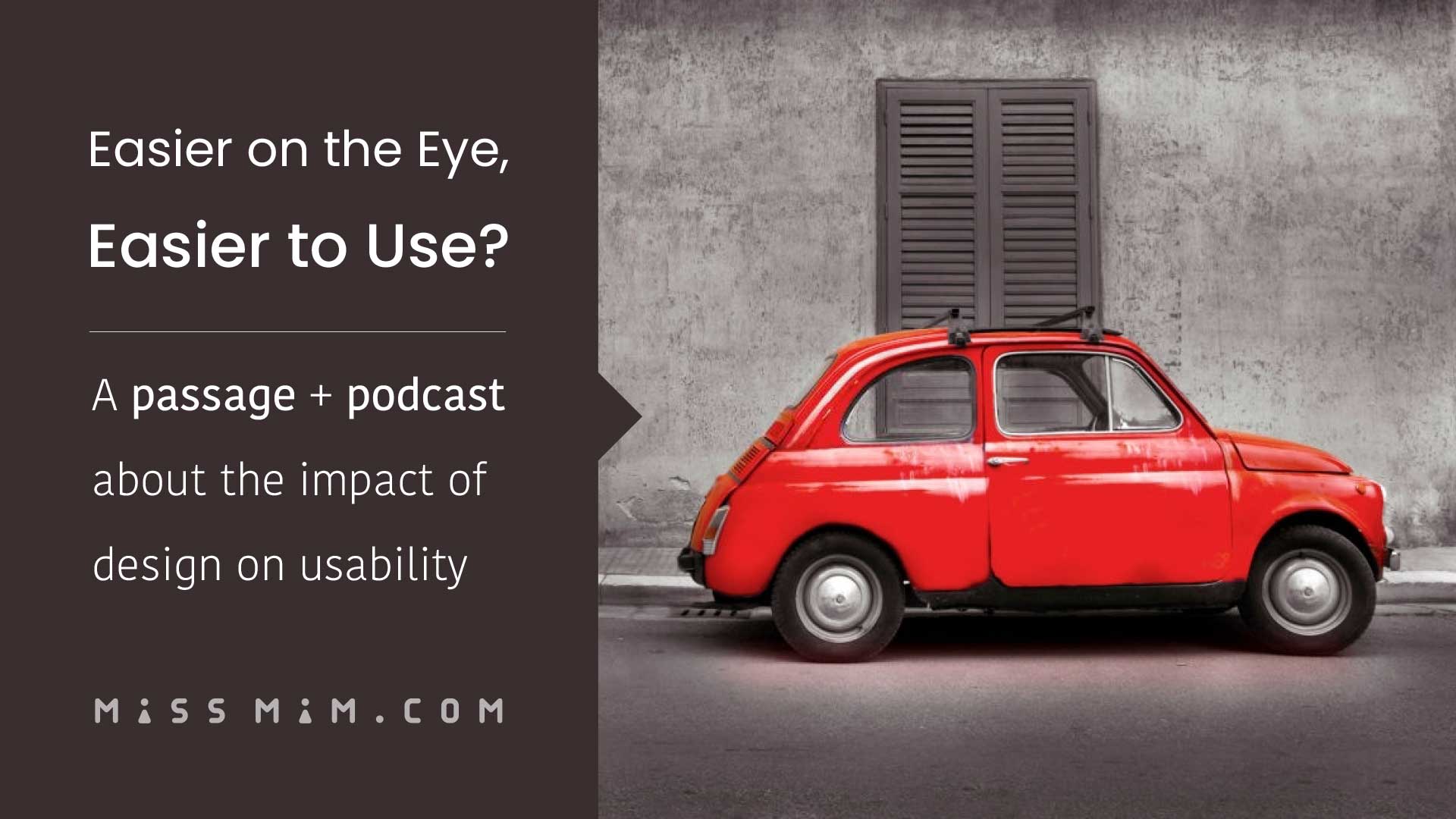
One# Easier on the Eye, Easier to Use
این درس از کتاب محبوب Focus on Vocabulary 1 به موضوع form vs function میپردازه و اینکه چطور طراحی یک محصول روی کاربردپذیری اون تاثیر میذاره.
case in point اش هم میتونه ماشین محبوب مینیکوپر باشه که با وجود تو دل برو بودن, چیز زیادی توش جا نمیشه!
- متن PDF این درس رو اینجا بخونید.
- فایل mp3 این درس رو اینجا گوش کنید.
- تمرینات لغت این درس رو اینجا انجام بدید.
Two# A Nudge in the Right Direction
این درس از کتاب Focus on Vocabulary 1 درباره افرادیه به اسم Choice Architect که کارشون طراحی و چینش محصولات در فروشگاههاست.
- متن PDF این درس رو اینجا بخونید.
- فایل mp3 این درس رو اینجا گوش کنید.
- تمرینات لغت این درس رو اینجا انجام بدید.
IELTS Speaking Part 1 Questions
▪️Are you good at art?
>> Useful language if you tend to say YES
- to have an eye for beauty/art
Means to be good at noticing it or making judgments about it.
e.g. I have an eye for beauty/art.
Also: I have a good eye for beauty/art
- to have painterly eyes
Means to have an artistic mind.
e.g. I have painterly eyes
Also: to have painterly talent
- I have a [real] taste for …
Means to have a strong desire or preference to do or acquire something.
e.g. I have a real taste for photography …
- to be good/great at sth.
e.g. I’m quite good/great at drawing/painting …
- to be a competent artist
e.g. I’m a competent painter/photographer/ etc.
- to be talented in sth.
e.g. I’m incredibly/quite talented in playing the piano
>> Useful language if you tend to say No
- to be hopeless at sth//doing sth.
Means to be very bad or untalented at sth.
e.g. I’m hopeless at art/drawing/painting …
Also: to be terrible at sth./doing sth.
- to be good with one’s hands
Means to be skillful at things that require the use of one’s hands
e.g. I’m not good with my hands
Also: to be awkward with one’s hands
- to be the creative type
Means to be the creative type of person.
e.g. I’m not the creative type
- to be all thumbs
Means to have difficulty to do sth. with one’s hands
e.g. I’m all thumbs when it comes to arts/drawing …
>> Useful language if you tend to say SO SO
- to be/come up to scratch
Means to be satisfactory or adequate but not very good.
e.g. I’m up to scratch in drawing
e.g. My photos will just come up to scratch (they’re just ordinary photos)
- be mediocre/average
e.g. I’m only mediocre
e.g. I’m just average
▪️What kind of art do you like/enjoy?
Start responding to the question by saying:
I have an admiration for X
to be obsessed with X
I’m a big fan of X
I have always been into X
I am passionate about X
I am keen on X
I am enthusiastic about X
I’m into X
I have cultivated a taste for X
I enjoy doing X the most, I like Jazz/classical music/Pop music/ etc.
Now is the time to replace the X with the type of art you’re into.
Different Types of Art
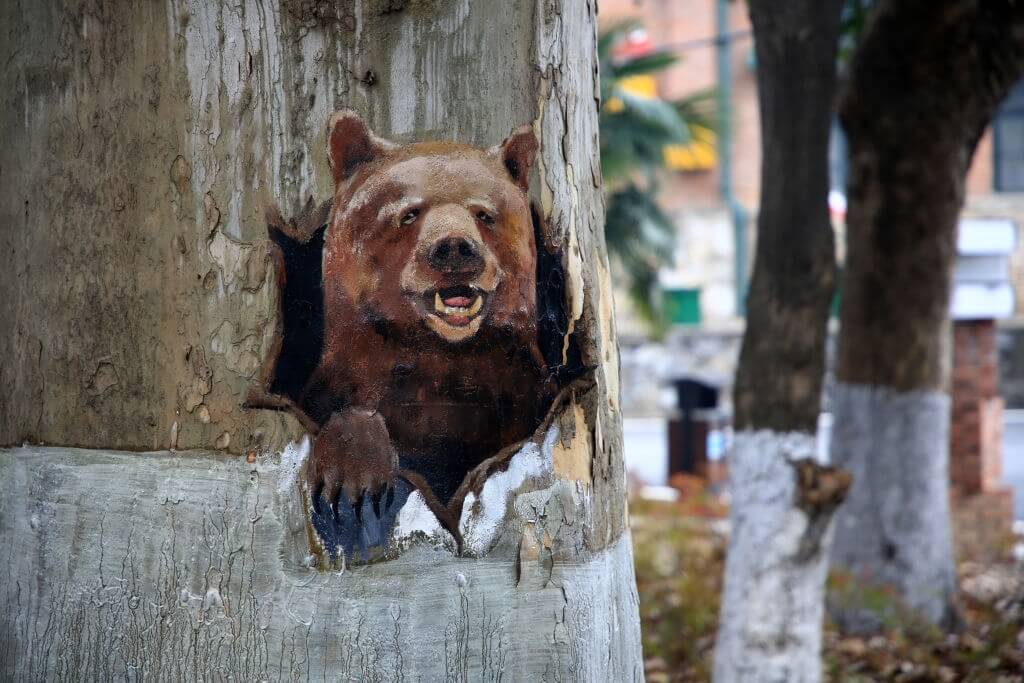
Historically, the five main fine arts were painting, sculpture, architecture, music, and poetry, with performing arts including theatre and dance.
In practice, outside education, the concept of art is typically applied only to the Visual Arts: painting, drawing, sculpture, photography, ….
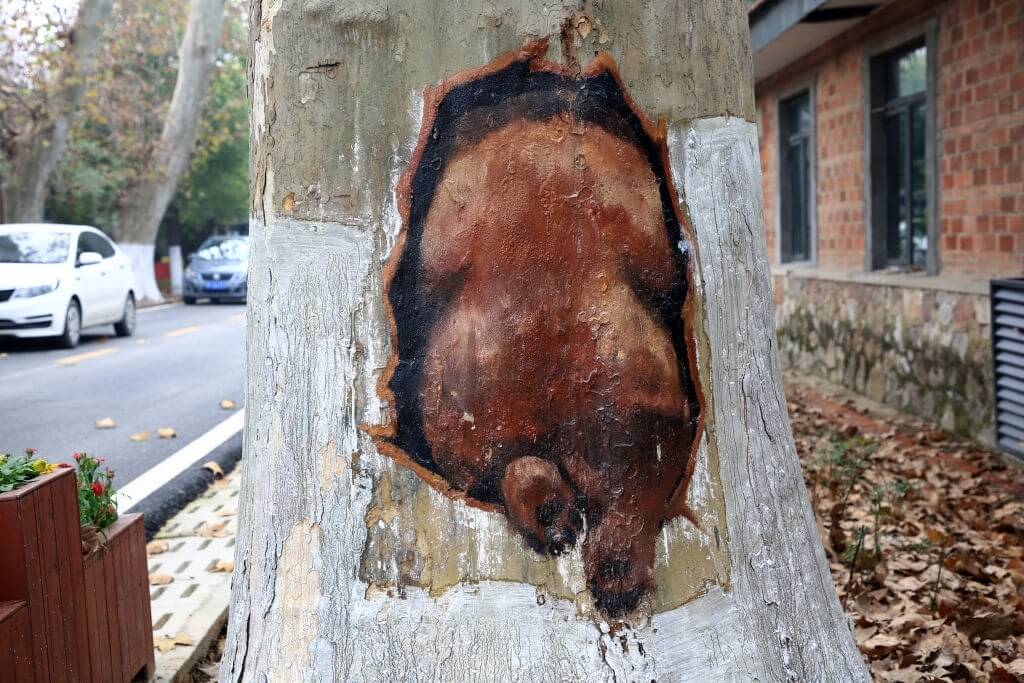
Graphic Arts refers to forms expressed on flat surfaces such as painting, drawing, design, and so on.
Performing Arts include theatre, dance, music.
Architecture e.g. interior design
Culinary Arts are specific cooking methods and techniques in order to present tasty, unique, and aesthetic dishes worthy of restaurant quality.
Fine Arts: art such as painting, sculpture, or music, concerned primarily with the creation of beautiful objects.
Note that it’s usually used in the plural.
Decorative Arts are concerned with the production of objects which are both useful and beautiful.
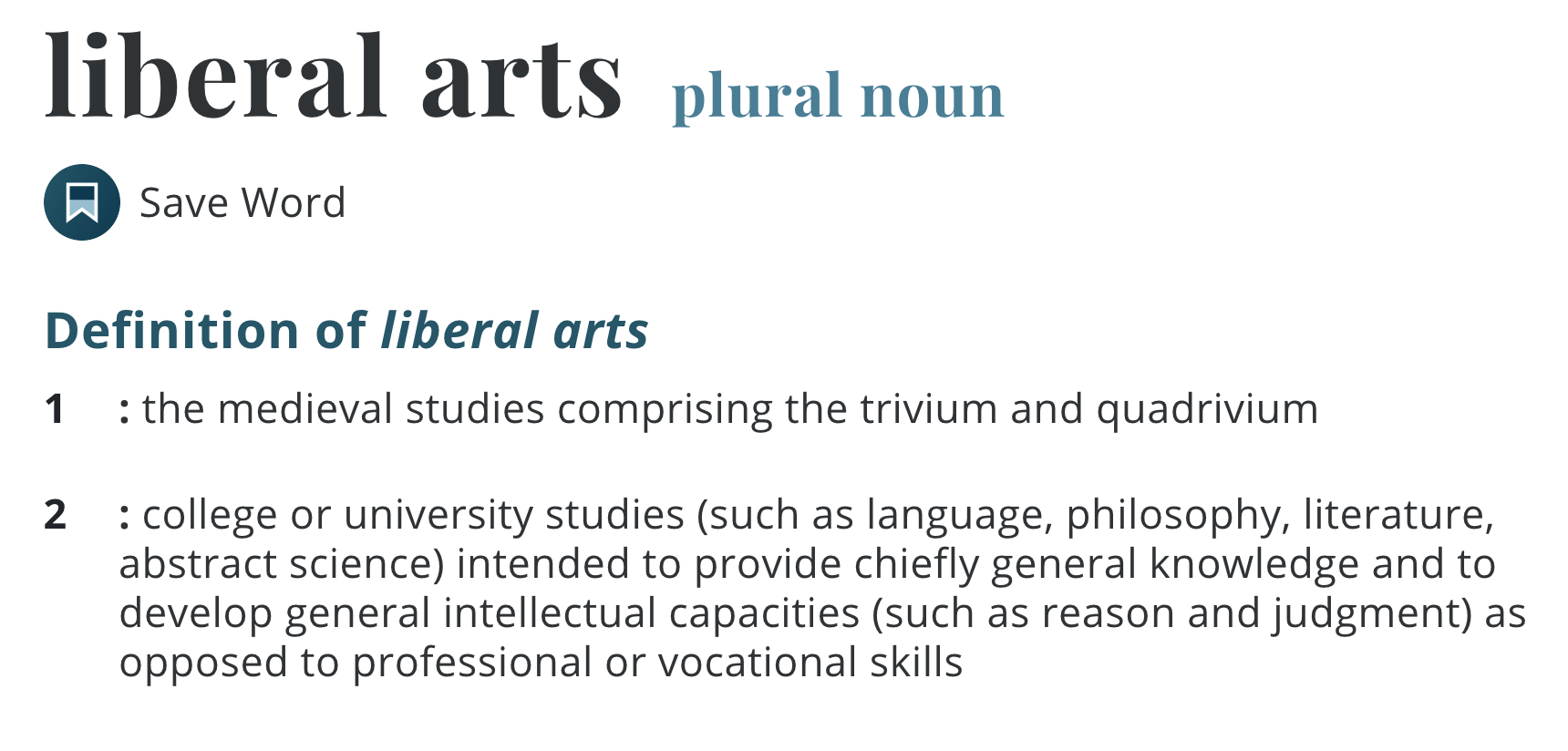
Don’t forget to develop your replies by adding information on HOW, WHY, WHAT, and so on.
“I have a good sense of fashion and style if that counts! But, apart from it, I haven’t really explored nor discovered my artistic preferences yet, except at some point in my mid-twenties I decided to cultivate my aptitude for visual arts and I took up some drawing lessons which was not my cup of tea.”
▪️Did you learn art at school?
If you, too, were born in the 60s, you cannot have the richest experiences at primary school as far as the art lessons go. So, here is the way I would respond to this question:
“We had an art subject in primary school which mostly involved copying the teacher’s chalk drawings onto our sketchbooks and that didn’t leave much room for creativity.”
▪️Is art popular in your country?
For those who feel it’s a patriotic duty to boast about the Iranian culture, this is a chance:
“Surely, it is! Iranians have been known to have an appreciation for art. In fact, Persian art is one of the richest art heritages in history and it’s been strong in many media such as architecture, weaving, pottery, sculpture, and so on.”
A modified version of this response for a band 6 test-taker could be:
Absolutely yes! Iran has a long history in arts and is known for carpet weaving, calligraphy, pottery, and so many more art media. But the younger generation is mostly drawn to visual arts such as painting, photography, and the like.
If you’re still wondering how media/medium fits here, this note is for you:
Arts media is the material and tools used by an artist, composer or designer to create a work of art, for example, “pen and ink” where the pen is the tool and the ink is the material.
If you want to use only one word to step up your game – meaning to improve your response or score – it would be:
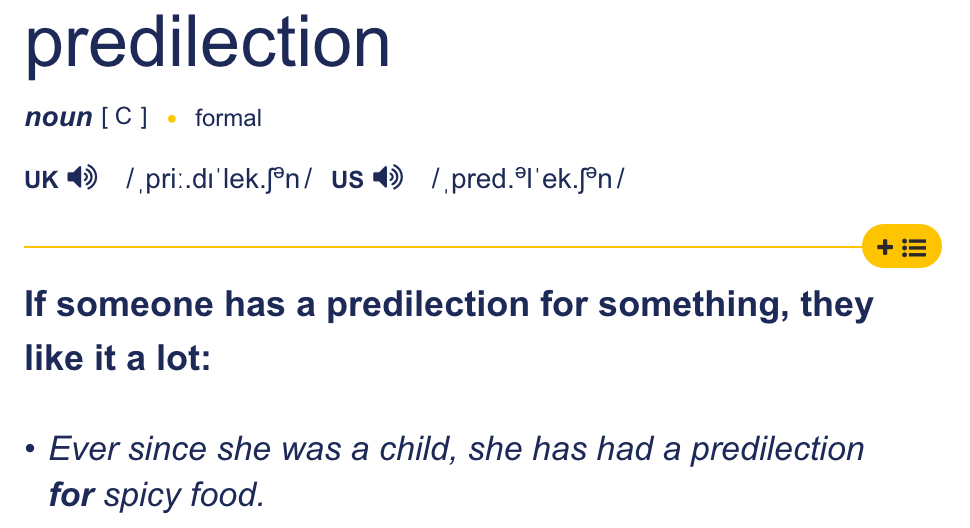
I know it’s not an easy one to remember, but will level up your game, I promise!
Also, keep in mind that predilection is a formal word like in Farsi we say رجحان. So, be mindful of the context.
Another game-changer is the short and sweet blog post on SurfIran about the art and crafts in Iran – an absolute must-read for any IELTS candidate.
▪️Have you ever been to an art gallery?
First things first, you need a handful of synonyms for art gallery.
▫️art center
▫️art venue
▫️art exhibition
▫️art museum
>> Useful language if you tend to say YES
You should describe what it was like and what you viewed in there.
Try to describe your experience in a vocabulary-rich response!
On a more grammatical note, keep in mind to use the right verb tense to describe your visit:
Yes, I have visited a couple of art exhibitions, but the one that I genuinely enjoyed going to was X which is one of the largest galleries in Y (name of the country/city) and houses a large collection of international works including XYZ.
>> Useful language if you tend to say NO
Truth been told, I’ve never been to any! Like I said before, I’m not the creative type and am not into wandering around in an art center … ’cause … I don’t know, I just don’t have an eye for art I guess! .. I just don’t get it.
▪️Are there many art galleries where you live?
Tehran might not be the artiest city ever, but in all fairness, there’s a dozen contemporary art venues. The ones that we all know:
▪️Tehran Museum of Contemporary Art
One of the largest galleries in Iran and houses a large collection of both Iranian and international works.
▪️Iranian Artists Forum
The Iranian Artists Forum is much more than just an art gallery. Located in Tehran’s ‘Artists Park’ on Iranshahr Street, the Iranian Artists Forum is an artistic and cultural complex housing visual arts galleries, theatres, and movie halls. It has become something of a hub for young people in the arts community, who frequent its grounds regularly to meet other like-minded young people, enjoy works of art and dine at the restaurant.
So how to tackle the question?
Any candidates’ go-to phrase would be ‘There is/are’:
There are many art galleries in Tehran …
Booooorrrriiing!
But it doesn’t have to be. Use the verb ‘house’ instead:
e.g. Tehran houses a dozen of a dozen contemporary art venues of which the most popular ones are X and Y.
▪️What kind of paintings do people like?
A model response
I’d say colorful drawings of landscapes, natural scenery such as mountains or lakes are the ones that pretty much everyone would resonate with or will have a liking for, which I believe is called Realism رئالیسم also known as Naturalism.
▪️Do people in your country prefer music over [visual] art?
‘I cannot speak for everyone, but as far as I know’ is what sets you apart on these generic questions. So, definitely sprinkle a variety of phrases like that into your responses, when the question tends to be too broad.
I cannot speak for everyone, but as far as I know, music is a lot more popular than any other type of art; and most definitely, it applies to my country as well.
If you want to add to the length of your answer by a sound argument, say that:
Music is the universal language and everyone irrespective of their mother tongue can appreciate a music composition.
▪️What are the traditional art forms in your country?
Persian art or Iranian art is mostly:
- Weaving (especially carpet weaving)
- Poetry and literature
- metalworking
- stonemasonry
- Miniature
- pottery
Iran has one of the richest art heritages in world history.
▪️Who are some famous artists in your country?
This blog post gives you an insight into the Iranian contemporary art scene; The vocabulary used to describe different works of art will take your response to the next level.
IELTS Speaking Part 2 Questions
▪️Describe a Well-Known Painting
Describe a well-known painting you have seen or know about. You should say:
- What it looks like
- What is interesting about it
- Why it is well-known
And explain how you feel about it.
I picked the Mona Lisa for you to which I guess everyone can relate, but you choose any popular artwork you’d like.
The Mona Lisa is perhaps the most recognizable piece of art in the world. It’s a portrait of an Italian noblewoman in the sixteenth century, painted over the course of several years by Leonardo da Vinci.
The famous smile with its enigmatic quality has driven people crazy for centuries, but apart from that, there are a number of reasons behind this work’s enduring fame.
For centuries, the Mona Lisa hung quietly in the Louvre, generally unnoticed, but one day in 1911, someone walked into the salon, lifted it off the wall and went out with it!
More interestingly, the painting was stolen Monday morning, but it wasn’t till Tuesday that they first realized it was gone. It took over two years to be recovered and she is now housed behind bulletproof glass to protect her from vandals.
Another noteworthy fact about this masterpiece is that unlike many artworks of the time, the Mona Lisa is not painted on canvas. Instead, she is painted on a wood panel.
The Mona Lisa remains one of the art world’s most iconic images.
Notes:
THE Mona Lisa not just any Mona Lisa!
Pronounce Leonardo da Vinci correctly
Pronounce Mona Lisa correctly
▪️Describe a Museum
Describe a museum that you have visited. You should say:
- when you visited the museum
- describe the museum
- how you felt after going there
and describe your experience of the visit.
Unless you’re regular to art centers, it would be difficult to talk about a museum you’ve visited in the past.
So, to make you a fresh memory, I invite you to take a virtual tour of the Louvre museum here.
Have a look and come back to the class!
Now, start by giving some context to the experience which would cover the first subtask of the prompt as well – killing two birds with one stone:
I’d like to talk about a virtual tour I had to the Louvre museum in the lockdown, which was a part of #MuseumAtHome campaign to encourage art centers to continue to share their treasures online during the pandemic.
Then describe the museum using the questions words WHAT, WHERE, WHY, and so on.
WHAT is the Louvre Museum?
The Louvre is the world’s largest art museum which houses one of the most impressive art collections in history.
WHERE is it?
a central landmark of the city
a historic monument in Paris
WHY were you interested to visit it?
Feel free to use more Wh- questions when brainstorming.
The final subtask – as always – deals with the personal aspects of the experience and how you related to it. Here is a model answer:
As far as how I felt after the virtual tour to the museum, I cannot say it was as powerful as wandering around in the center could be, but obviously, it was the best I could have, given the circumstances!
If you’re suspicious that this won’t make a two-minute-long response, you’re right!
You can add to the length of your response by talking about how you define yourself when it comes to art:
Although I’m not regular to art events, nor have I considered myself a huge art-lover, but I truly enjoyed this online tour and I’m looking forward to visiting the Louvre after things go back to normal.
NB. Link your ideas and sentences appropriately to give a more cohesive answer.

IELTS Speaking Part 3 Questions
As you know – or you should know! – in Part Three, questions move away from personal topics and deal with more depth and abstract issues loosely related to Part 2 topic, e.g. the purpose of museums.
They could also be a hybrid of two topics such as art and children or the government.
So, virtually, expect anything!
▪️Do you think children can benefit from going to art galleries?
As with any Part-3-style question, start with signposting your response, e.g. There are numerous advantages to exposing kids to art events …
Here are some of the positive aspects of taking children along to art events exhibitions:
- Develop curiosity about the world
- Cultivate an interest for art
- Boost creativity/imagination
- Get inspired by artists/artworks
- Learn about the history of art
▪️How can museums be made more appealing to young people?
Try this:
They can attract younger audiences by becoming more inviting to families by for example providing spaces for nursing mothers or offering low-cost or even no-cost passes to young children. Apart from amenities and high admission fees, for families with young children, boredom is another major deterrent from visiting art venues, since kids are often unable to grasp more complex arts. So, kid-friendly exhibits and guided tours that ignite the imagination in the young visitors will create an unforgettable experience for them.
▪️Do you think that art is as important as academic subjects when it comes to educating children?
This topic is discussed under the term ‘Art Integration in School’, just so you know!
While the candidates’ perspectives to this matter might vary, this model answer can be of help:
Certainly, it is. Art instruction develops creative problem-solving skills and reaches those otherwise disengaged students, therefore, it should be an integral part of the curriculum. However, art education hasn’t received the attention it deserves. Like I remember from my schooldays that no one would take the art lessons seriously, not the students nor the parents, not even the teachers! And the reason lies in the economy-driven education where little importance is given to subjects other than science and technology.
▪️Describe the general purpose of art.
This is by far the most brutal question on IELTS! Let’s see:
The ultimate function of arts is said to be self-expression. In other words, works of art speak of their creator’s imaginations and ideas. Although fine arts such as painting or drawing are mostly appreciated for their beauty and emotional power, some would go so far as to say, decorative arts such as crafts have more to do with acquired skills and will not serve as much to stimulate the intellect. So in this sense, there’s no consensus as to what purpose the art serves.
That makes for an essay but still saves you on speaking as well!
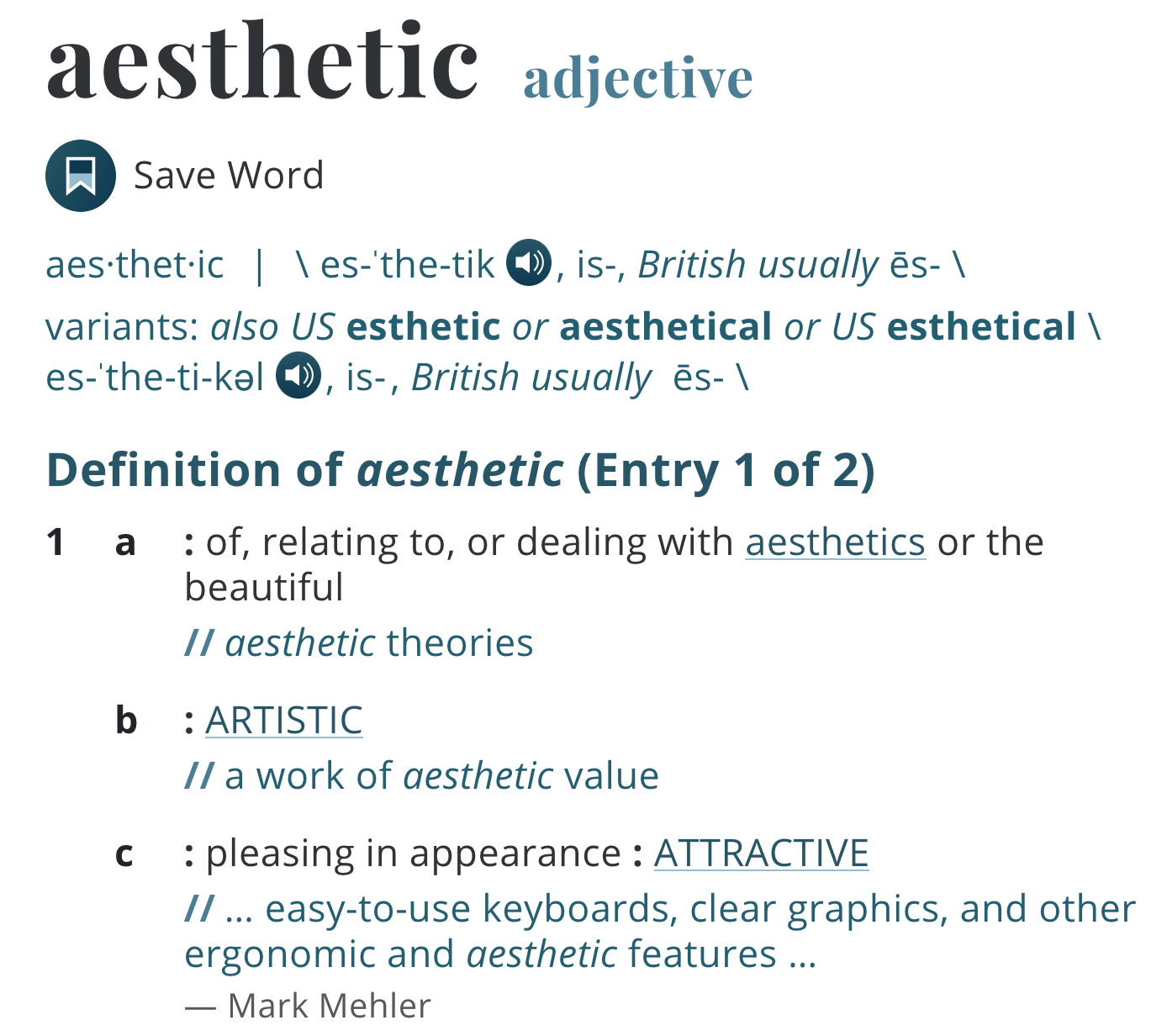
▪️Why do people enjoy art?
The answer given to the previous question can be used to tackle this one as well, see:
This question can be looked at from two different points of view: one is that of the art-lover and the other is the creator’s.
However, there’s joy both in creating and viewing works of art in the sense that the artist gets to express oneself and the admirer would appreciate the aesthetic quality in the artwork.
For the same reasons, people might do art as a hobby or have artworks in their homes.
Similar questions:
▪️Why people do art as a hobby?
▪️Why do you think people like to have a painting (or other artwork) in their homes?
▪️Do you think that some people are naturally better artists than others?
In my viewpoint, art is both innate and skilled, in the sense that although some individuals are gifted with creative skills while others have little sensitivity to the aesthetic qualities around them; however, these so-called born-to-be-artists will have worked hundreds and thousands of hours to develop their talent by the time they get recognized.
▪️Why do you think some people enjoy looking at paintings and sculptures and others do not?
This question somehow ties in with the previous question. Here is some useful language:
- Some people were born with an eye for beauty
- Sense of appreciation for art and sensitivity to aesthetics
- Understanding/appreciating the qualities of art
In the same fashion, people’s definitions of art differ.
Similar questions:
▪️Why do people’s definitions of art differ?
▪️What are the advantages and disadvantages of being an artist?
Pros (+)
Being a creator allows you to engage with the world in a fresh way and that speaks to the therapeutic effects of creative work.
And of course, being your own boss is a huge plus.
Cons (-)
Artists often work solo or are introverts, this solitude can be tough, from time to time.
They are also thought to be not having much of a business mindset meaning that they do not care about money which leads to financial instability.
▪️What makes a good painting?
>> Useful Language
- Artistic features/aspects
- Something that evokes a memory
- emotionally meaningful or nostalgic
To my understanding, a good painting is one that apart from the artistic features, either is emotionally powerful or strongly evokes nostalgic feelings in the audience.
Don’t stop there! support by giving an example or two. Think of a piece of art that evoked a memory or made you feel nostalgic.
▪️How has art changed over the last thirty years?
The most important shift in art is that technology has paved the way for innovations such as digital art which is an entirely new field and has opened the door for artists to expand their creativity beyond the limits of more traditional mediums. While this is considered a positive change, there are other aspects to the recent shift in the world of art like artists, especially young ones, can be tempted to do art they judge will sell, rather than what they would create if money were not in the equation.
As a side note, medium refers to a means of doing something.
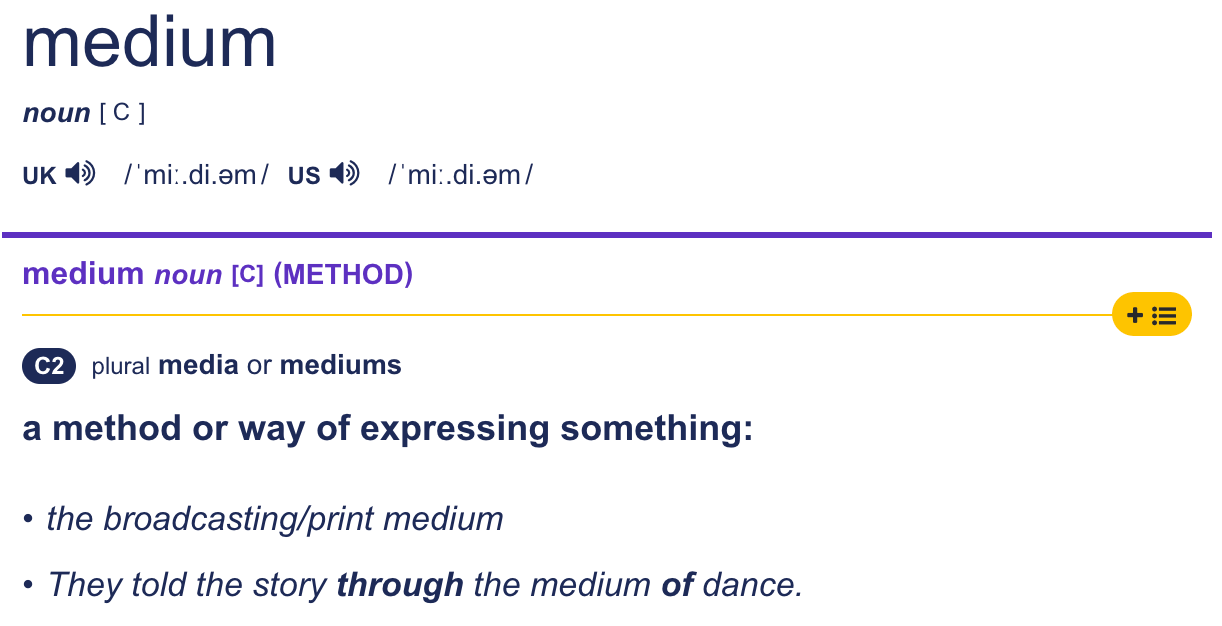
In the art context, “art medium” refers to the materials or supplies used to create a work of art. For example, oil and watercolor are popular painting mediums.
▪️Is graffiti art or vandalism?
While an unfamiliar word in the question is enough to give you a panic attack, two of them in a row would surely feel like the end of the world – graffiti … vandalism, wtf!?
However, there’s a very smart and safe way to navigate through this without losing score: Delaying Tactics
Ask the examiner to define the terms used by saying:
‘ well, it depends what you mean by graffiti … ‘
‘I’m not sure what vandalism could mean in this context … ‘
Make sure you use a rising intonation to sound like a request or question, not a statement.
A word of advice: Build phrases to use in your delaying tactics to both buy thinking time and also have the examiner explain what they mean by graffiti or virtually any other word that sounds Greek to you!
If you don’t know about the Tactics and Strategies in IELTS Speaking Test, book a one-to-one speaking session or take a group speaking course, here.
Read this incredibly insightful blog post about graffiti and vandalism to put together your response.
▪️How will art be in the future?
Here, you’ll need to speculate about the future using signposting language:
I assume …
I guess …
It might …
I [can] imagine …
And continue with a paraphrase of the question:
… it would look like …
… the future of art would/might be …
And then give your speculation.
Here is a model answer:
I guess the future of art will be amazing as it continues to branch into new forms especially by integrating new technology, in particular, Virtual Reality and Augmented Reality which will allow viewers to experience artwork utilizing a headset or a phone. It wouldn’t be too bold if we say, in 2017, we step back and look at art and say, Beautiful. While, In 2040 or 2100, we’re going to be walking into that art. fantastic, isn’t it?!
▪️Should the government provide support for art and cultural activities?
Answering this type of question takes sound reasoning and use of one’s judgment:
How does the government benefit from art and cultural events?
Obvious! It brings money.
Art creates jobs, produces tax revenue, and attracts tourism. In other words, a strong arts sector is an economic asset and stimulates business activities. Therefore, government-funded art events and expos are economic drivers. Therefore, allocating funding to arts and cultural agencies and their programs – even during recessions – contributes to the revival of the economy.
Similar question:
▪️Is there a need for museums in society?
To give your answer, think of the benefits of art and culture for people.
Art exhibitions can cultivate the young imaginations and improve critical thinking and innovative skills essential to building a prosperous nation. They also preserve the historical and cultural legacies and traditions of the country and pass them along to future generations.
You survived through this one, as well.
Now, it’s your turn to shine!
IELTS Speaking Questions about Art
PART 1
Are you good at art?
What kind of art do you like/enjoy?
Did you learn art at school?
Have you ever been to an art gallery?
Is art popular in your country?
Are there many art galleries where you live?
What kind of paintings do people like?
Do people in your country prefer music over [visual] art?
What are the traditional art forms in your country?
Who are some famous artists in your country?
PART 2
Describe a well-known painting you have seen or know about.
You should say:
- What it looks like
- What is interesting about it
- Why it is well-known
And explain how you felt about it.
Describe a museum that you have visited.
You should say:
- when you visited the museum
- describe the museum
- how you felt after going there
and describe your experience of the visit.
Describe a piece of art you like.
You should say:
what the work of art is
when you first saw it
what you know about it
and explain why you like it.
PART 3
Do you think children can benefit from going to art galleries?
Do you think that art is as important as academic subjects when it comes to educating children?
Describe the general purpose of art.
Why do people enjoy art?
Do you think that some people are naturally better artists than others?
What are the advantages and disadvantages of being an artist?
What makes a good painting?
Why do you think some people enjoy looking at paintings and sculptures and others do not?
Is there a need for museums in society?
How can museums be made more appealing to young people?
Is graffiti art or vandalism?
How has art changed over the last thirty years?
How will art be in the future?
Why do people’s definitions of art differ?
Why people do art as a hobby?
Why do you think people like to have a painting (or other artwork) in their homes?
Should the government provide support for art and cultural activities?

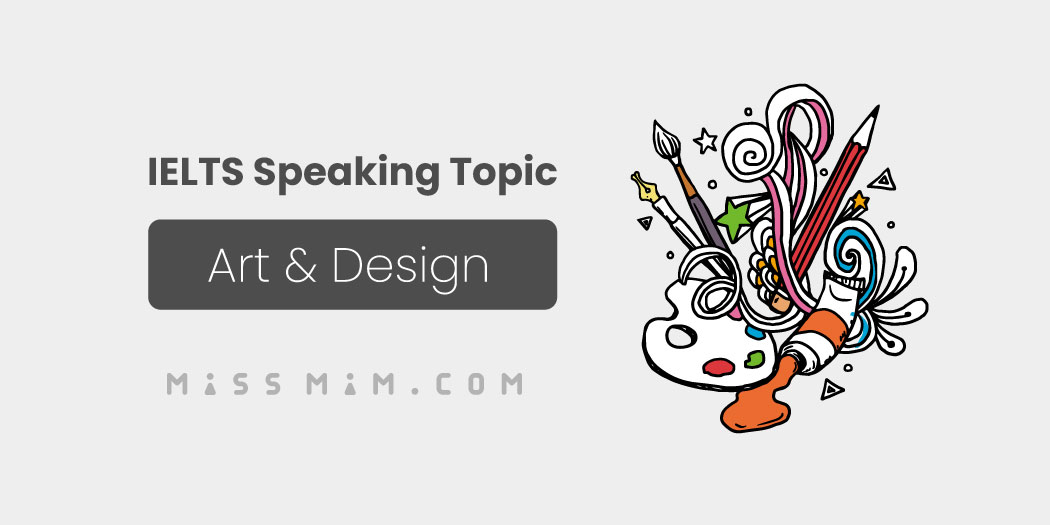
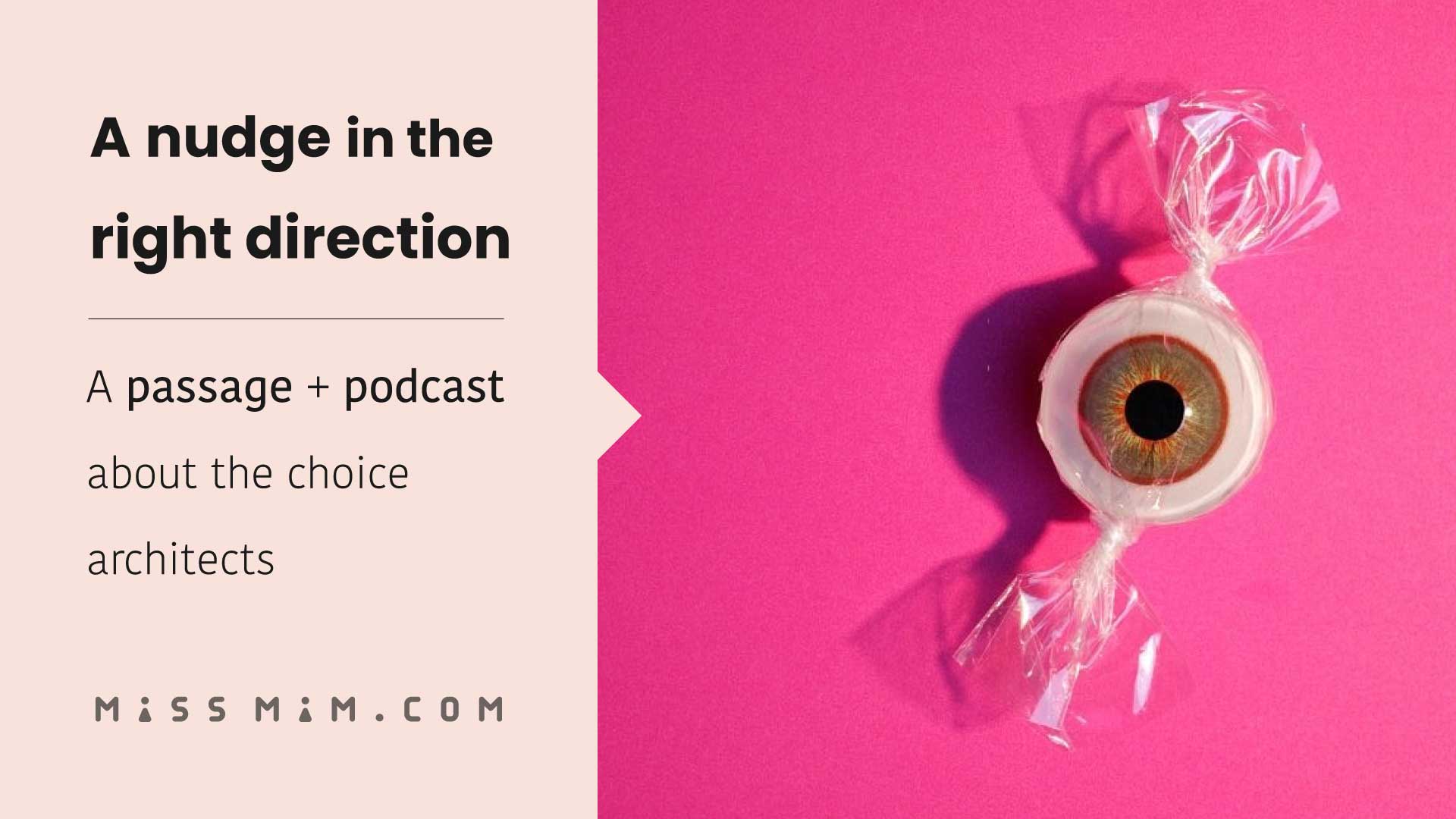


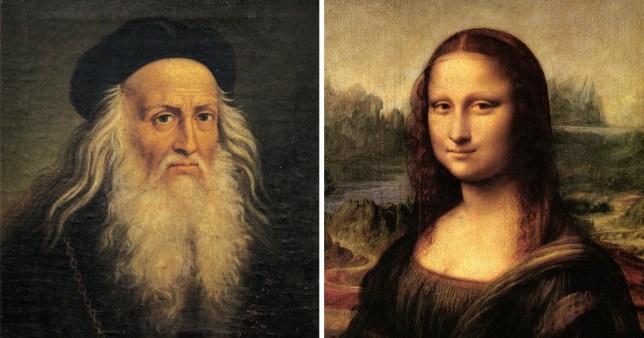


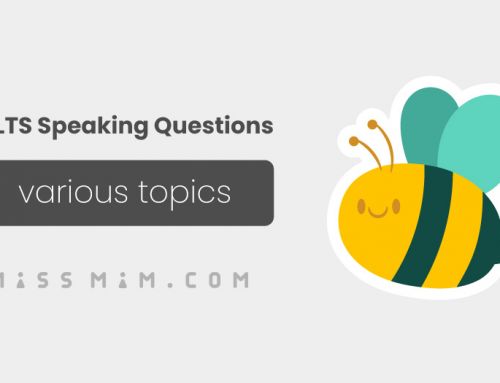
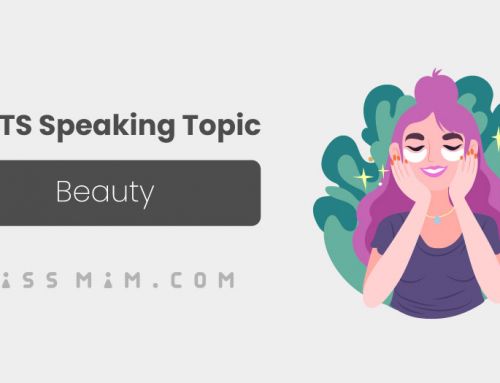



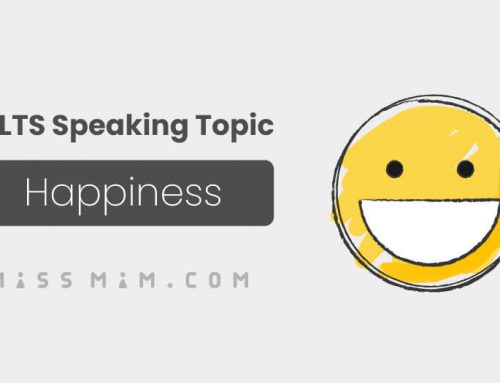
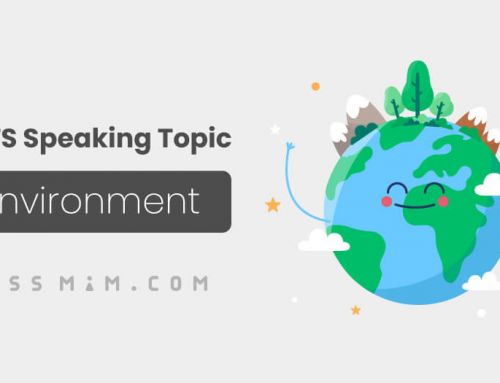
it was magnificant and practical, thank you so much